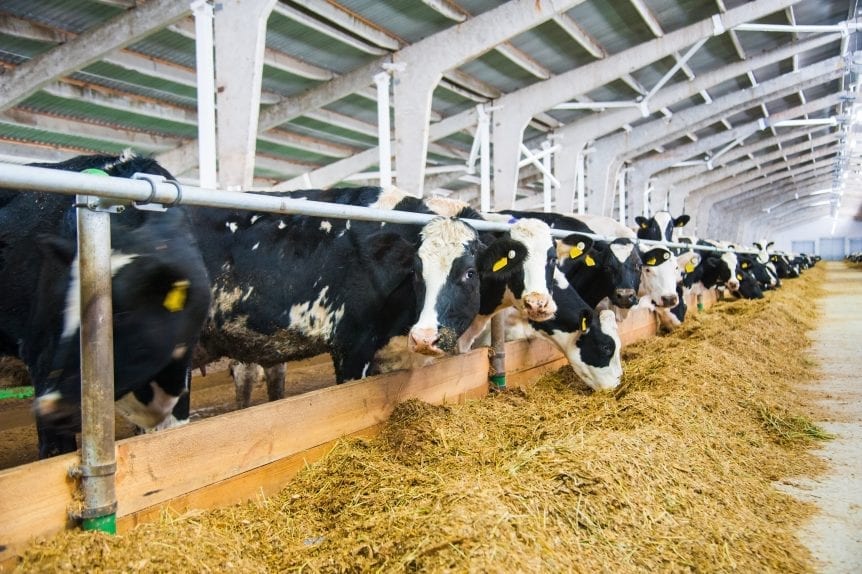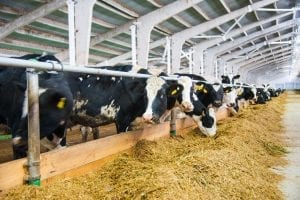In a panel reviewing the economic and societal changes impacting agricultural production, Geoffrey Vanden Heuvel with the Milk Producers Council highlighted the state of the California dairy industry. As a former dairyman with a 45-year career, Vanden Heuvel told the California State Board of Food & Agriculture about the industry’s ability to adapt to changing economic and social climates by increasing the efficiency of dairy cattle.
When Vanden Heuvel entered the industry in 1979, there were less than one million cows in California, producing 12 billion pounds of milk annually. He said that “by 1993, we passed Wisconsin to be the nation’s largest dairy state from a production standpoint.”
While the number of cows has grown since he first entered the business, cattle numbers peaked in 2008. Since then, Vanden Heuvel said that the cow population has declined but “production is maintaining, and this is through efficiencies and improvements in the productive capabilities of our cows,” he said, adding that the “milk that we are producing has more butterfat and more protein in it. So we’re actually able to produce a lot of milk with a smaller and smaller footprint in terms of the number of cows that we have in California.”
Vanden Heuvel also laid out the economic changes over the past four decades, noting that the volatility of the product is down to the dollar. In 2014, the industry’s best year in recent history, milk prices were $23 per hundredweight. Three years later, value sank to $13 per hundredweight.
Since 1949, the USDA has implemented the Milk Price Support Program which aids farmers by maintaining a price minimum for milk. The government purchases excess milk from processors to ensure producers are getting paid a minimum amount.
Vanden Heuvel also noted recent changes at the federal level to milk price regulation across states which will be implemented in the first quarter of 2025. “It is going to adjust these milk prices and give more margin to the plants. Obviously, it’s hard to deny that the plants have had higher costs over the last 16 years with energy and labor particularly. And there’ll be an adjustment in milk prices.”
The financial hardships in many facets of the California dairy industry have posed a challenge for dairymen, said Vanden Heuvel, many of whom in their 50s, 60s, or 70s are making decisions to sell their cows and leave dairy production.
Yet, those that remain are finding ways to adapt to changing expectations. From an environmental standpoint, Vanden Heuvel said that dairy farmers are leading the charge in California’s sustainability initiatives. “Dairies are stationary targets and there’s no doubt we impact the environment. I think the public needs to understand we’re doing more with less and we’re very, very committed to being good stewards,” he said.
Contributing Author:
Lauren McEwen
AgNet West Intern











